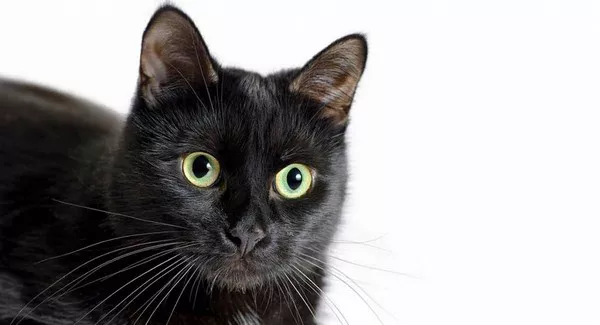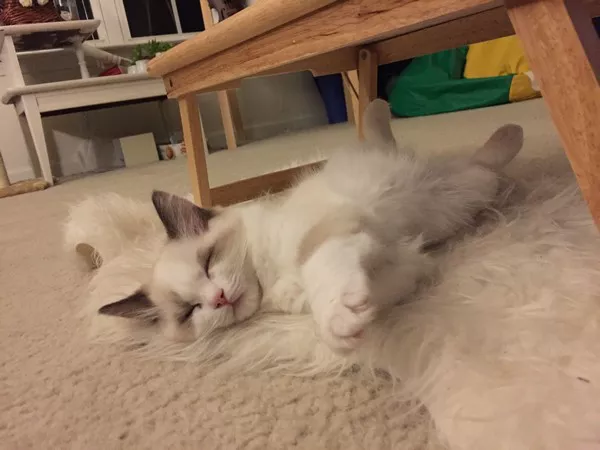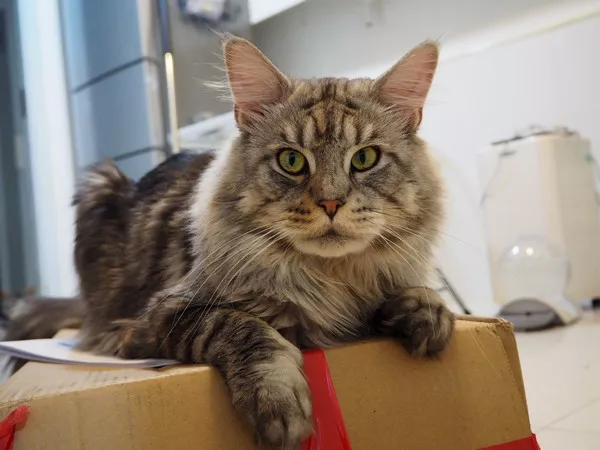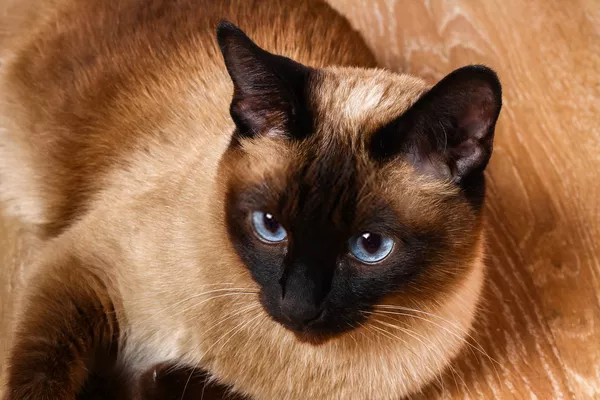Cats are renowned for their enigmatic behaviors, and one of the most intriguing and expressive actions they perform is tail wagging. While dogs are often associated with tail wagging as a sign of happiness or excitement, the meaning of a cat’s tail movements is more complex. In this article, we’ll explore the various reasons why cats wag their tails and what these subtle movements might convey about your feline companion’s state of mind.
The Complexity of Cat Communication:
Cats rely on a combination of vocalizations, body language, and facial expressions to communicate with their human companions. Tail movements are an essential component of their non-verbal communication.
Understanding the Tail Language:
The position and movement of a cat’s tail can provide valuable insights into their emotional and physical state. To decipher what your cat is trying to tell you, it’s essential to pay attention to the context and other accompanying body language. Here are common tail movements and their meanings:
Tail Up: When a cat holds their tail upright, it typically indicates a friendly and content mood. They may approach you with their tail raised as a sign of greeting.
Tail Low or Straight Out: A low or straight tail position suggests curiosity and attentiveness. Your cat is likely observing something interesting in their environment.
Tail Puffed Up: A puffed-up tail, often called “bottlebrush” tail, is a sign of extreme agitation, fear, or excitement. This tail position is commonly seen during confrontations with other animals or when a cat feels threatened.
Tail Tucked Between Legs: If a cat tucks their tail between their hind legs, it’s a sign of extreme fear, anxiety, or submission. This can occur when encountering a perceived threat.
Tail Lashing: Rapid tail lashing usually indicates irritation or impatience. Your cat may be signaling that they want something or that they’re becoming annoyed.
Tail Quivering or Vibrating: A quivering tail can indicate excitement, particularly during play or hunting simulations. It’s a sign that your cat is highly engaged and ready to pounce.
Tail Wrapped Around Another Cat or Object: When a cat wraps their tail around another cat, object, or even your arm, it’s a sign of affection and a desire to be close.
Reasons Behind Cat Tail Wagging:
Now that we understand the basic meanings of tail positions, let’s explore the reasons behind cat tail wagging:
Agitation or Irritation: Tail wagging, especially if it’s accompanied by a lashing motion, can signal that your cat is becoming agitated or irritated. This may happen if you’re petting them in a way they don’t enjoy, or they’re unhappy with the current situation.
Playful Excitement: Cats often wag their tails when they’re playfully excited. If your cat’s tail is quivering or vibrating, they’re likely in a playful mood and ready for interactive play.
Hunting Instinct: Tail movements are essential during hunting. When a cat is stalking a toy or engaging in interactive play, their tail may wag in anticipation of pouncing on their prey.
Greeting or Social Interaction: When a cat approaches you with their tail held high, it’s a friendly greeting. They’re showing that they’re comfortable and happy to see you.
Fear or Anxiety: A puffed-up or bottlebrush tail is a clear indication of fear or anxiety. In such situations, your cat may be trying to make themselves appear larger to ward off a perceived threat.
Communication with Other Cats: Cats also use tail language to communicate with each other. Tail positions and movements convey social signals and help establish boundaries during cat-to-cat interactions.
Physical Discomfort: If your cat’s tail wagging seems unusual or excessive, it may be a sign of physical discomfort or pain. In such cases, it’s essential to consult with a veterinarian to rule out any underlying health issues.
Interpreting Tail Movements in Context:
Understanding the meaning of a cat’s tail movements is most effective when considered within the context of their overall behavior. For instance, a cat with a puffed-up tail may be signaling fear, but their body posture, ears, and vocalizations can provide additional clues about their emotional state.
Additionally, each cat is unique, and their tail movements may vary based on their individual personalities and experiences. By spending time with your cat and paying close attention to their non-verbal cues, you can develop a deeper understanding of their unique tail language.
In Conclusion:
Cats are masters of non-verbal communication, and their tail movements are a crucial part of this silent language. By observing your cat’s tail positions and movements, along with their accompanying behaviors and vocalizations, you can gain valuable insights into their emotional and physical state. This understanding will not only strengthen your bond with your feline companion but also help ensure their well-being and happiness. So, the next time your cat wags their tail, take a moment to interpret their unique message and respond accordingly.



























